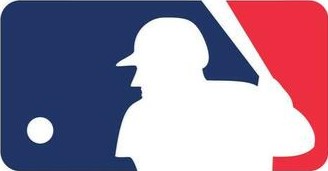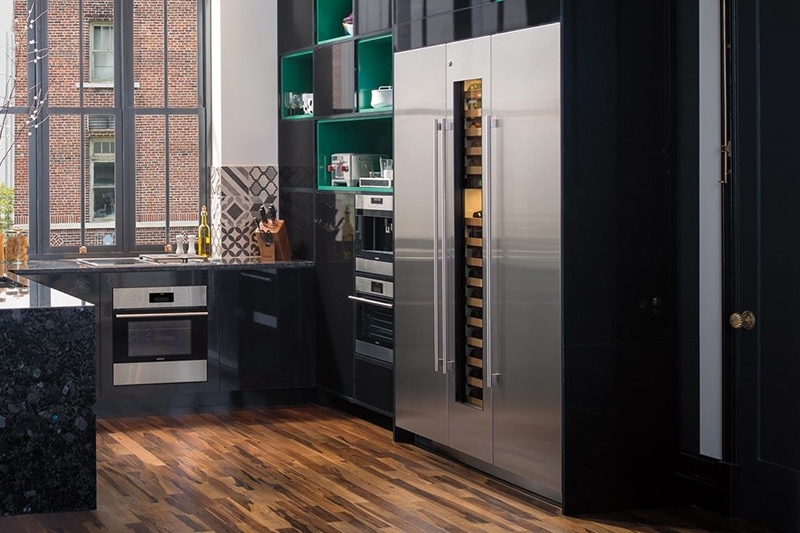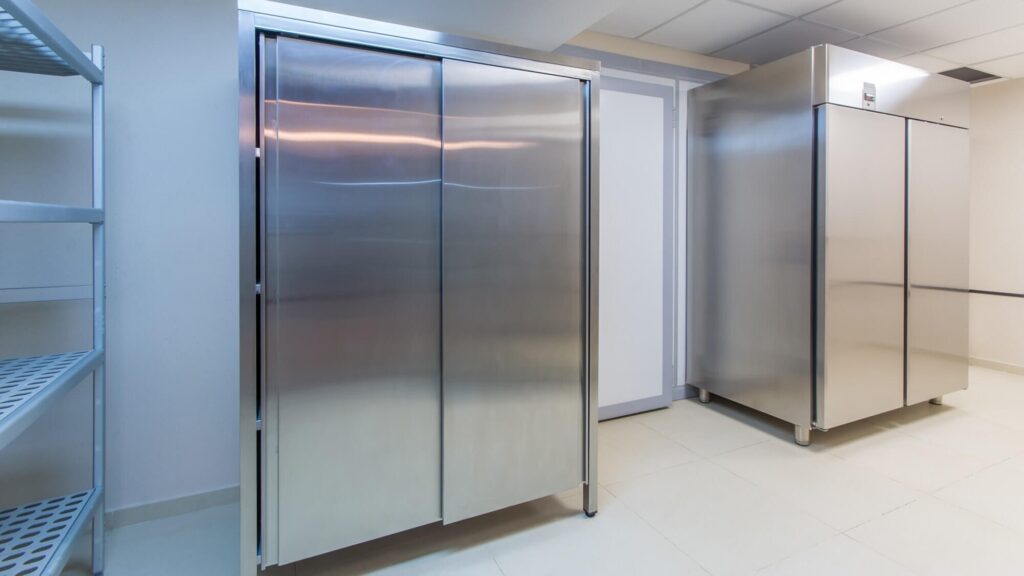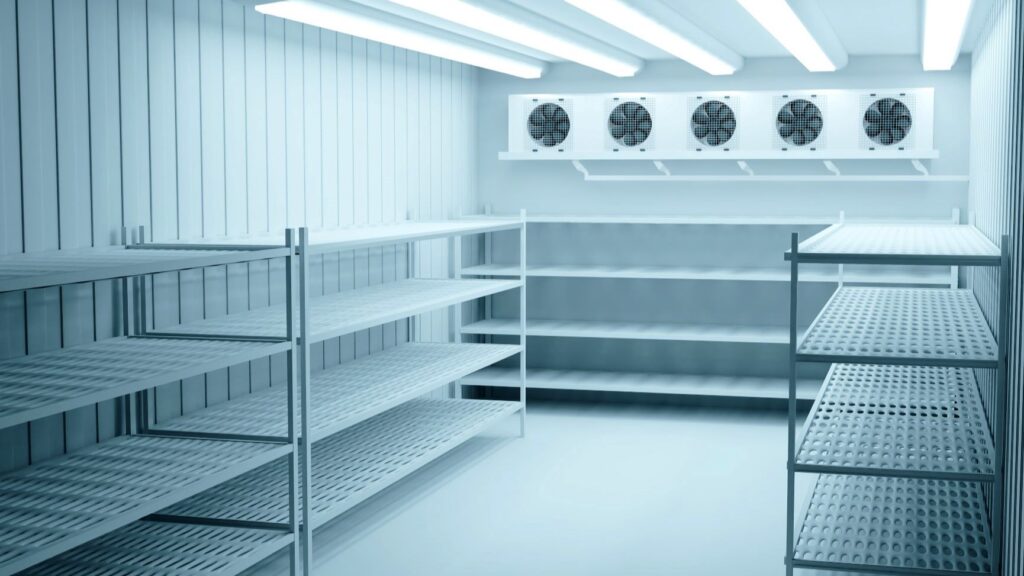Service Coverage in San Diego
We specialize in local emergency fridge repair and diagnostics across the entire metro area, ensuring your cooling problem is resolved quickly, wherever you are.
We proudly serve all neighborhoods, including: La Jolla, Carlsbad, Chula Vista, North Park, Pacific Beach, Mission Valley, Hillcrest, Kearny Mesa, and Clairemont.
Frequently Asked Questions (FAQ)
Why is my refrigerator running but not cooling?
This typically points to an issue with the air circulation or the defrost system. The compressor may be running fine, but a failed evaporator fan or excessive frost buildup (due to a defrost failure) is blocking the cold air.
Can I fix the “no cooling” issue myself?
Some basic checks, like cleaning the condenser coils or ensuring proper ventilation behind the unit, can be done safely. However, serious issues involving the compressor, refrigerant, or electrical systems require a professional technician to prevent further damage.
How much does compressor troubleshooting and repair cost?
Our service begins with the $85 diagnostic fee. The final cost of compressor repair or replacement depends heavily on the unit’s type (residential vs. commercial) and the specific part needed (relay vs. the entire compressor unit). We provide a clear estimate after the diagnosis.
Do you handle not-cooling issues for commercial walk-in freezers?
Yes. Our expertise extends to high-capacity, specialized units like commercial refrigerators and walk-in freezers not freezing, which often face complex issues with large coils and air handlers.














